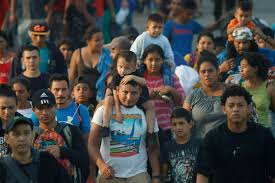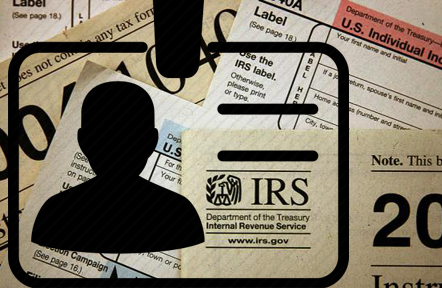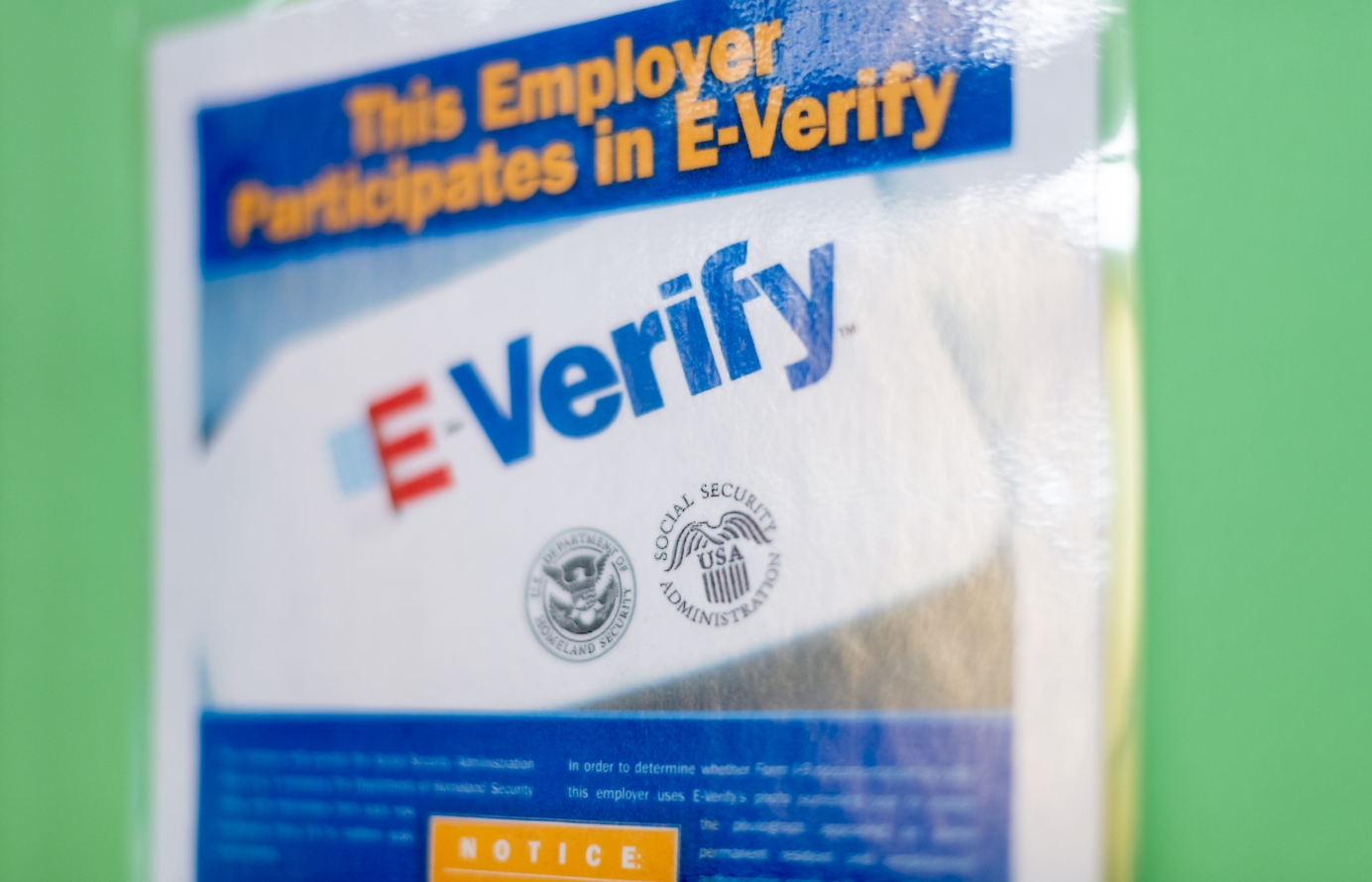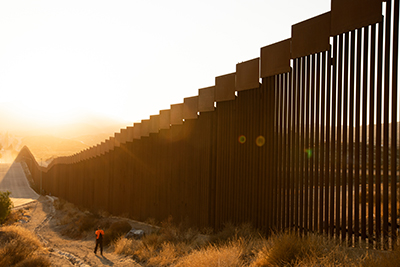Offer More Visas to People Coming Across the Southern Border
 While President Trump’s immigration rhetoric continues to focus on the need to build a southern border wall, his administration is quietly pursuing a policy that could provide a lasting solution to the ongoing migrant surge.
While President Trump’s immigration rhetoric continues to focus on the need to build a southern border wall, his administration is quietly pursuing a policy that could provide a lasting solution to the ongoing migrant surge.
The Department of Labor recently signed an agreement with Guatemala to increase bilateral cooperation for the H-2A visa program for low-skilled Guatemalans. By providing transparency and accountability measures, such as ensuring that labor recruiters are bona fide and vetted, the agreement paves the way for more Guatemalans to come legally.
The administration should sign similar agreements with the other Northern Triangle countries, El Salvador and Honduras, which are responsible for the overwhelming number of migrants, as well as exempt them from H-2A seasonality requirements. Historical experience suggests increasing legal immigration options would reduce the number who come illegally.
The H-2A visa is for seasonal workers in agriculture. It offers low-skilled migrants the best — and in many cases only — opportunity to come work in the U.S., while also addressing the acute labor shortage faced by American farmers. The Trump administration seems to recognize that economic migration can be channeled into this legal system.
That’s important, because the surge of Central American migrants is not correlated with murder rates in their home countries and most arrivals aren’t referred to asylum interviews. Central Americans are primarily being pushed out of their home countries by a poor economy — exacerbated by the crash in coffee prices — and drawn in by a booming labor market here.
Neither of these push nor pull migration factors are going to change soon, so diverting the migrants onto legal H-2A worker visas is key to meaningfully fixing the situation on the southern border.
For proof of the effectiveness of H-2A visas in stemming illegal migration, the Trump administration can consult recent history. Legal Mexican migration on expanded H-2A and H-2B (seasonal, non-agricultural) visas dramatically reduced illegal Mexican immigration over the last two decades. As the U.S. government increased the annual number of H-2 visas for Mexicans from 56,090 in 2000 to 242,582 in 2018, Mexican illegal immigration fell from over 1.6 million in 2000 to almost 137,000 in 2019 so far — a 91% drop.
During that time, a single additional H-2 visa for a Mexican worker is associated with 2.6 fewer Mexicans apprehended — controlling for border enforcement.
“Most of my friends go with visas or they don’t go at all,” said Mexican agricultural worker Jose Bacilio. In previous years, Mexican workers like Bacilio would have come illegally, but now they wait for visas.
Guatemalans, Hondurans and Salvadorans currently have no reason to wait, as they only got about 9,000 H-2 visas in 2018, slightly down from 2017. If the government issues more H-2 visas to Central Americans, then it will divert much of the current economic flow of migrants into the legal market, just like it did with Mexicans.
The Trump administration could achieve this by signing similar H-2A pacts with Honduras and El Salvador then asking Congress to exempt these H-2A workers from the visa’s seasonal requirements, which requires migrants to return home after the harvest is finished. This provision would guarantee that American labor recruiters flock to hire Central Americans without impacting Mexican recruitment.
Electronic visa application processes at U.S. embassies and consulates in Central America must also be modernized and streamlined. Officials should copy their counterparts at U.S. consulates in Mexico.
pT[he Trump administration’s first steps in streamlining the H-2A visa process for Guatemala is promising, but more needs to be done. Extra Mexican immigration enforcement and the summer heat cut the number of Central Americans showing up at the border by 29% — but neither will last forever.
Central Americans will come again in large numbers if they can’t come legally. The Trump administration could end the Central American border surge by shelving unhelpful border wall boasts in favor of doubling down on sound H-2A visa policy initiatives.








